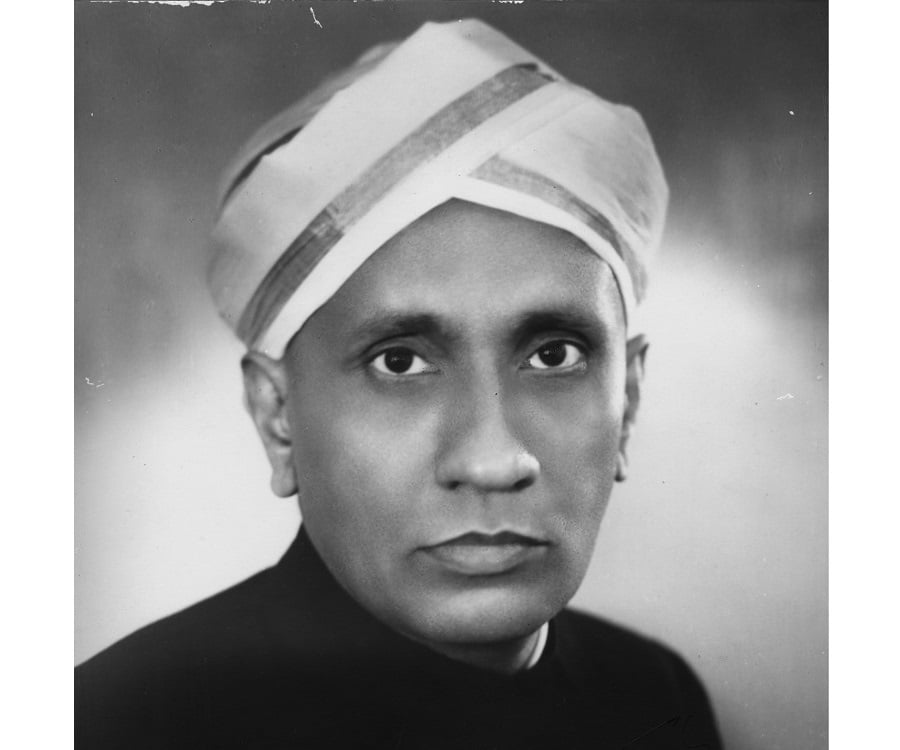Akshay Kumar
Akshay Kumar INDIAN ACTOR WRITTEN BY: Melissa Albert LAST UPDATED: Sep 5, 2019 See Article History Alternative Title: Rajiv Hari Om Bhatia Akshay Kumar , original name Rajiv Hari Om Bhatia , (born September 9, 1967, Amritsar, Punjab, India), Indian actor who became one of Bollywood’s leading performers, known for his versatility. Bhatia was the son of a governme nt worker in a country in which acting often runs in the family. As a young man, he trained extensively in dance and martial arts, and his first movie role, nonspeaking and uncredited, was as a martial arts instructor in Aaj (1987; Today ). He worked at a Bangkok food stall, tried his hand at modeling, and appeared in several films before being offered a starring role in Deedar (1992; “Glimpse”) by director Pramod Chakravarthy. It was in those early st...

Comments
Post a Comment